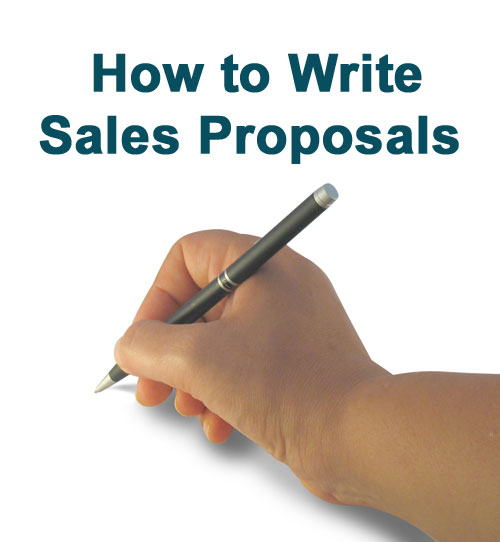A frequent question that I get asked is ‘how to write sales proposals’ and ‘how to write tenders’.

The terms ‘tenders’ and ‘proposals’ can often be confused. For example, being invited to submit a tender might simply mean that a costed proposal is required. This gives choice on the layout. Whereas a formal tender often involves answering lots of set questions. This post deals with simple sales proposals and informal tenders.
How to Write Sales Proposals – Use This Template
There is no definite answer to ‘how to write sales proposals’ and no absolute ‘sales proposal template’. But a good start can be made by writing using these headings in this order:
Summary or Executive Summary
Start with a brief outline of the key aspects of your proposal and benefits to the customer. This shows them early on ‘what is in it for me’.
Background
Outline the customer’s objectives or problems to be addressed. Doing this demonstrates your understanding of their needs.
Your Company
A brief company history, qualifications and trade memberships etc. But do not make this too long – its purpose is to reassure them not bore them.
Also list similar customers that you work for or where you have undertaken similar work. This helps to start building up trust in your company – they can see that you’ve successfully done the job elsewhere.
Proposal
Now detail full information on how you will meet the customer’s objectives. Explain what you will do and how you will support, manage and resource the contract.
Include a specification if appropriate. Or this might belong in the appendices (see below)
Quotation
Include price(s) and any caveats / exclusions. Placing it in this order enables the reader to see first see how you will help them or provide benefits to their business. Of course, they may just turn straight to this part but we need to try!
You may also want to include your T&Cs or contract. These might go in the appendices (see below).
Appendices
Any supporting information and ‘bumph’ goes here. It might need to be included but if detracts from the main body of the proposal include it as appendix. For example: long detailed specifications, contracts, technical details, company policies etc. Technical evaluators may wish to read this in detail but non-specialists (e.g. the board) can get confused or distracted.
Writing the Sales Proposal
The order shown above helps you to sell and make a good pitch. It broadly follows the basis of good selling: AIDA – Attention, Interest, Desire, Action. Mindtools has some good tips on AIDA.
When writing, show benefits and real examples of success for other customers i.e. why they should choose you! This guide on writing good tender answers will help.
Presenting the Sales Proposal
Wherever possible, it is always best to present the sales proposal in person to the decision makers. This gives you the opportunity to present in the order illustrated above. It also stops anyone jumping straight to the cost without seeing the overall benefit or value for money.
Other benefits of face to face pitching are that you can assess their interest, overcome objections, negotiate and close the deal.
If you want help with creating winning sales proposals, contact us.
Summary
Please refer to the other posts in Bid Writing for more information on writing styles and content. In particular use this guide to writing good tenders.
Anyone else got any other suggestions on how to write sales proposals?

